A Look Back to Embedded World 2020 with Seeed Team
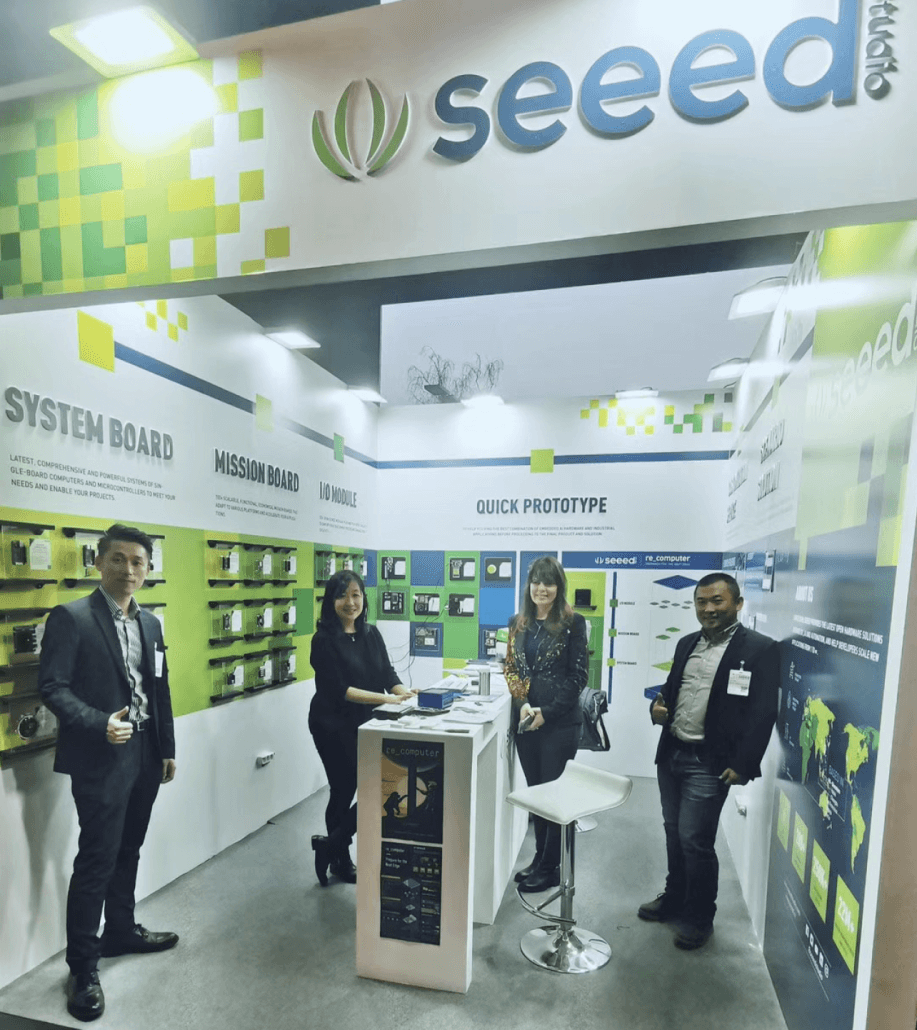
Last week, for the third consecutive year, Seeed attended Embedded World in Nuremberg, Germany, the largest trade show for embedded-system technologies and distributed intelligence in the world. The show, like many others happening around the same time, was largely affected by the coronavirus (Covid-19) outbreak, and around 200 companies canceled in the week leading up to the event. Although this led to a low turnout of exhibitors and visitors, Seeed was happy to present the new re_computer system as well as the new Odyssey boards and had many valuable conversations with potential partners and clients. Our product manager, Jeremy Xiao, took the time to scout out the latest trends in the embedded world, which may very well turn up in the Seeed product lines in the months to come.
Open Source Revolution
The Rising of RISC-V
As we are in Hall 3A, where the booth of the RISC-V Foundation is located, the first thing that we noticed is how fast the RISC-V foundation is rising. Compared to 2019’s 7 members, RISC-V’s booth was shown together with 12 members. From the kicked off talking given by RISC-V foundation CEO Calista Redmond, the foundation now has over 530 members across 33 countries.

As a 10+ years open-source hardware provider, we are also donating our effort in the development of RISC-V, and have provided several products based on RISC-V such as the Sipeed Kendryte K210 Series, the Grove AI HAT for Raspberry Pi, and the Wio Lite GD32 during the past 2019. We had also stopped by and had some discussion with GreenWaves and SiFive on some existing projects, and some new projects that are based on their solution are on the way.
It is inspiring for us to see the spirit of open-source is changing the world again and creating new possibilities for everyone.
Beaglebone® AI, an industry game-changer.
Ever since the first Beagleboard was released, BeagleBone® is always one of the best examples when people talk about open source hardware. BeagleBone® Black is the most popular beagleboard among the family for many years. It is so popular that every year even in many other company’s booths, there are many demos based on BeagleBone® Black.

LabGrid Demo with the BeagleBone® Black in the Pengutronix booth
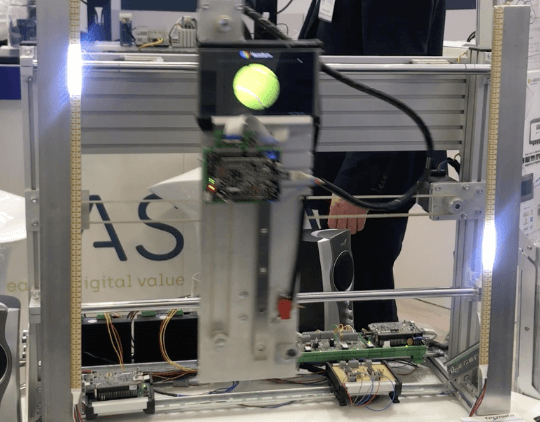
An automation demo based on BeagleBone® Black
However, the star product from the foundation this year is obviously the BeagleBone® AI, the first beagleboard that can be your fast track to embed artificial intelligence at the edge. In their booth, the BeagleBone® AI was demonstrated with a robot arm that can separate bad fruit from good. There is no doubt that for automation applications that require AI capability, compact size, and a competitive cost, the BeagleBone® AI is definitely the best choice.
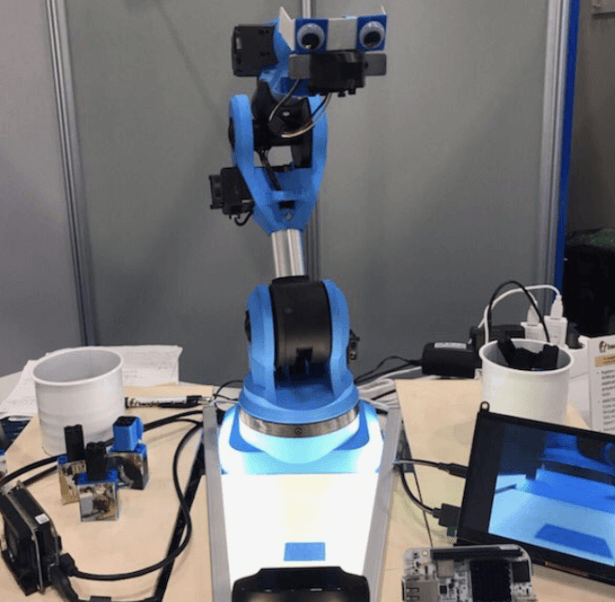
Seeed at other company’s booth
It is always exciting to see our product being shown in another company’s booth or used in another company’s product. In EW2019, we have our product shown at our partner’s booth such as RS components. Even though there are around 200 companies canceled joining the EW, including RS, we still found somewhere else showing Seeed’s product.


SoM & SBC
SoM vs SBC
Normally we agree that Raspberry Pi was the first to make the concept “Single Board Computer ” to the public, even though the first single board computer came out long before the Raspberry Pi. Single board computers are what future computers will evolve to be, as it is the result of the development of embedded technology and fulfills future needs.
In recent years, it is more and more popular that the SoM plus a carrier board has become a new style for the single board computer. Compared to a single board computer, the SoM plus carrier board style is more suitable for fast deployment, easier to do customization, and has a relatively lower cost. There are many companies that have been doing SoM for years, for example, Keith&Koep, the first SoM could call back to 2000. We have visited almost every booth of companies that are making SoMs, including Toradex, Congatec, Phytec, TechNexion, etc. And seeking cooperation opportunities with them.
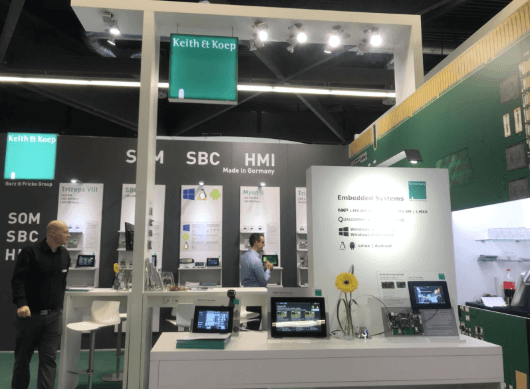
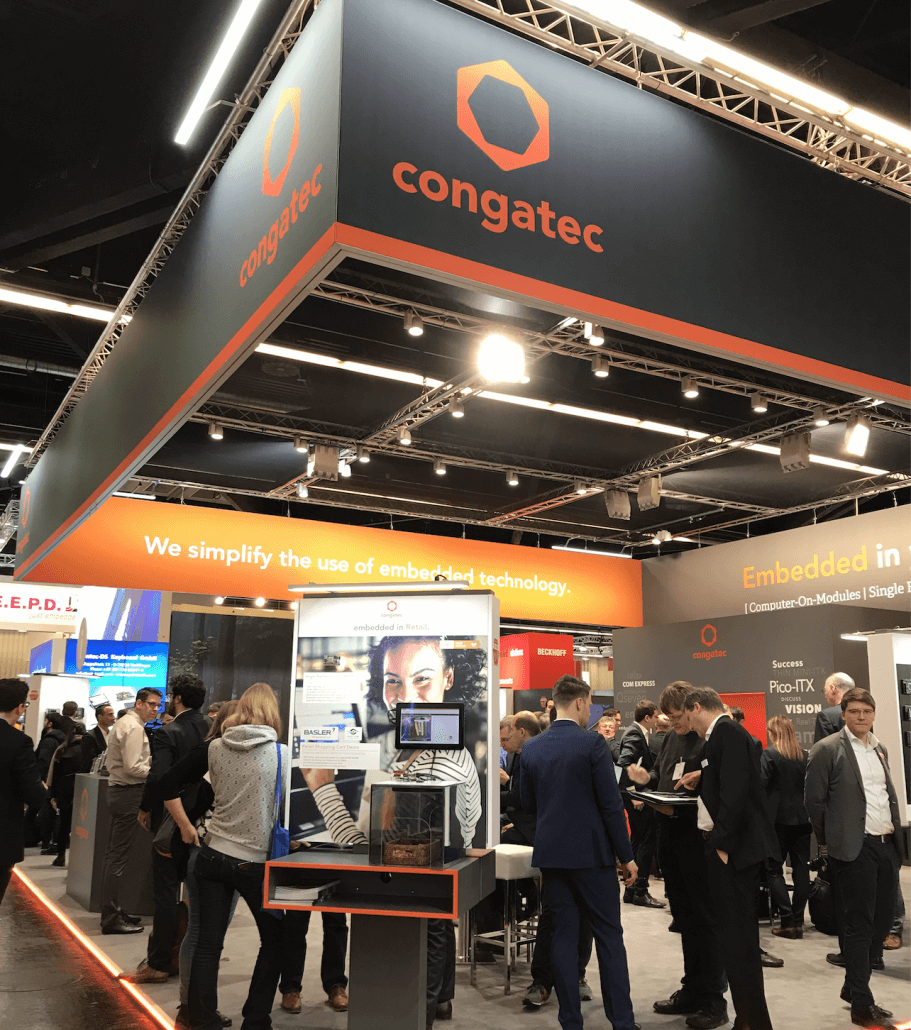
COM Express, Qseven, SMARC, and What’s next?
COM Express, Qseven are very classic form factors for SoMs based both X86 and ARM, and then SMARC standard brought us a form factor with more pins while smaller size. Many SoM makers design their SoM based on these standards, including companies such as the Congatec, the ENGICAM. The advantage of using an existing form factor is very obvious. The standard is open and validated. If a customer is already using the standard form factor, it is quite easy for them to redeploy the SoM. While there are also disadvantages, the size is limited, the same design means easier for competitors to replace you.

New SoM Standard
That’s why companies like Toradex are making SoMs with their own standard. So far Toradex has released the Apalis series, the Colibri series, and this year, Toradex brought its latest SoM series “Verdin” this time, and announced the Verdin i.MX8M Mini and Verdin i.MX8M Nano as the first two members of this family. The Verdin i.MX8M Mini is in relatively smaller size compact to Toradex’s another SoM standard Apalis i.MX8M, but has higher clock rates and lower power consumption. Apart from Toradex, companies like TechNexion, Keith&Koep, Phytec are all using their own form factors.
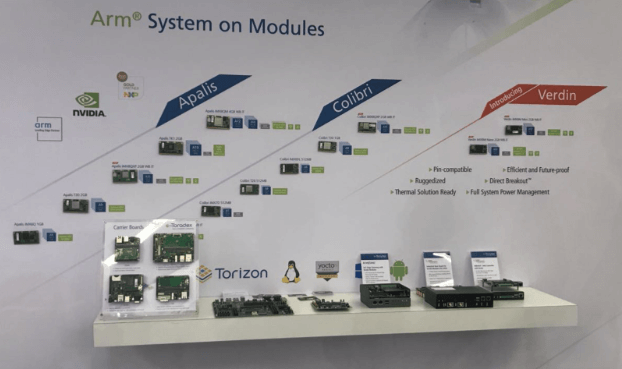
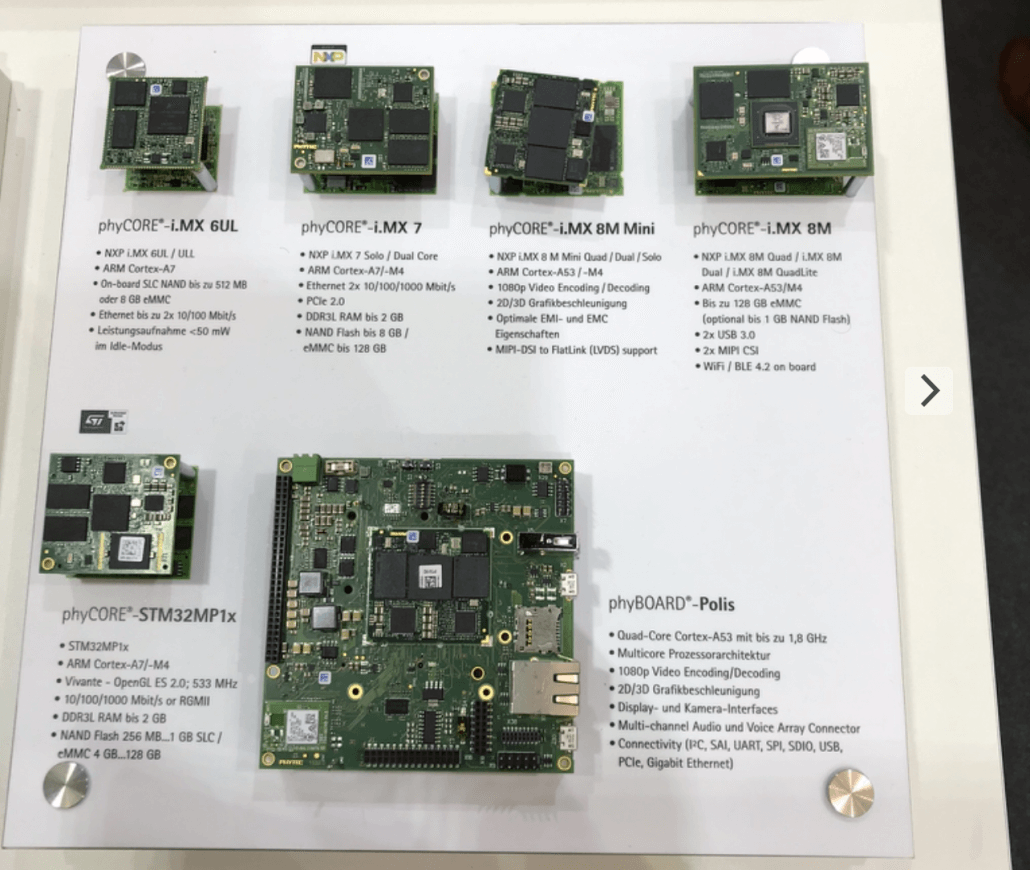
Enclosure & HMI
Enclosure for Edge Computing.
There is no way to make a real edge computing application without an enclosure, especially in rug situations. There are many IPC manufacturers who provide their boards with enclosures, and most of them look like products from the last century. But there are also companies like BECKHOFF, providing quite nice enclosures that have good quality as well as impressive design. They even standardized their enclosure to ensure quick modification for the customers.
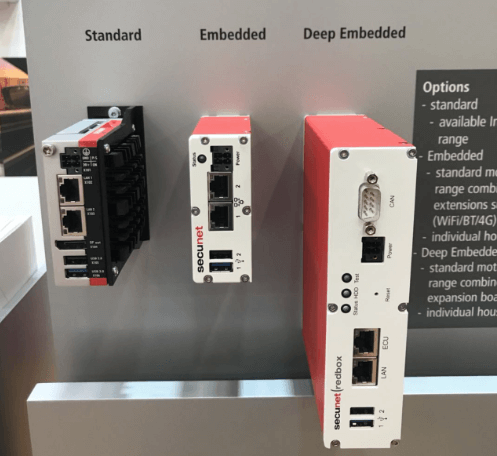
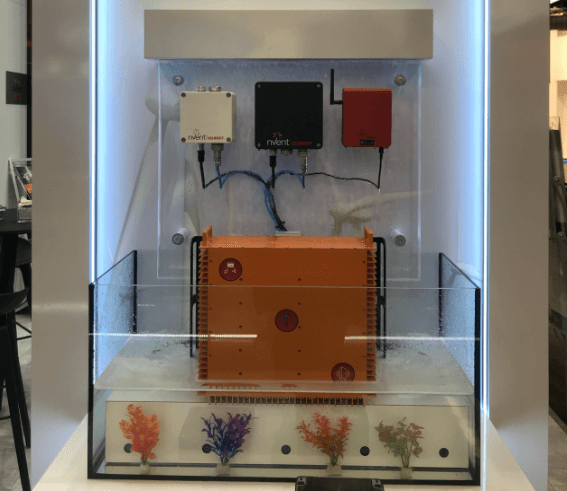
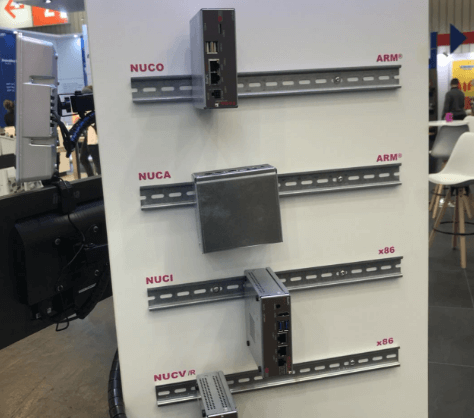
Qt for MCUs
MCU is becoming stronger than ever, the most powerful MCU now can run up to 1Ghz clock rate. It is predictable that QT will finally run on MCUs, but it is still exciting to see the same QT based GUI for CPUs running on MCUs. From the official introduction, the Qt for MCUs Version 1.0 was released in late 2019, and the software has been tested on NXP RT1050, STM32F769i. Seeed’s product Arch Mix is also based on NXP RT1050, and we can’t wait to try it out now. We believe in the next embedded world, Qt will make the Qt for MCUs support more MCU, and bring us more interesting demos.


Other interesting hardware and software
Integrated Software Solution for Automation
PC-Based automation technology has existed for many years, yet the factory is still crowded with PLC computers. As the strategy industry 4.0 was given by the German government, the needs of a more integrated and efficient automation solution become vita. It might be coming that companies like CODESYS will play a more important role in the automation industry by providing more efficient and cost-effective automation control software.
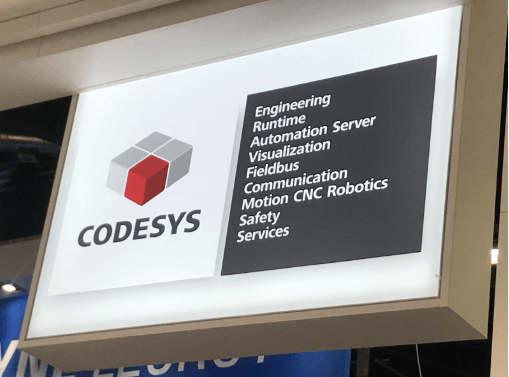
Container-Based software maintaining platform
Among all the SBC and SoM manufacturer, Toradex seems a bit ahead of others as they started providing a software called Torizon, an easy-to-use industrial Linux platform from Torizon provides a full system with a recent stable kernel, a minimal base system built with OpenEmbedded/Yocto, and a runtime to deploy applications and services in Docker containers. In EW 2020, Torizon is offering deployment of more functions and applications like OTA, CODESYS, and more partners like HMI software provider the Crank Software. We believe an easy to use, quick to deploy and scale, and the secure operating system will accelerate the application of industrial computers.
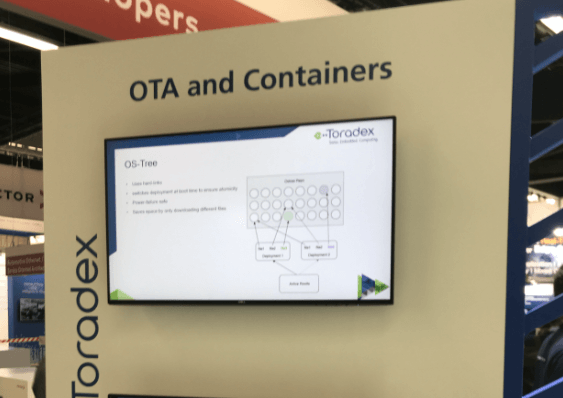
Water Cooling System for GPU inside Autonomous cars
As autonomous cars are developing so fast, it is quite a must to add cooling system for the GPU inside autonomous cars. The below photo is a demo of a super cool water cooling system that is used inside autonomous cars.
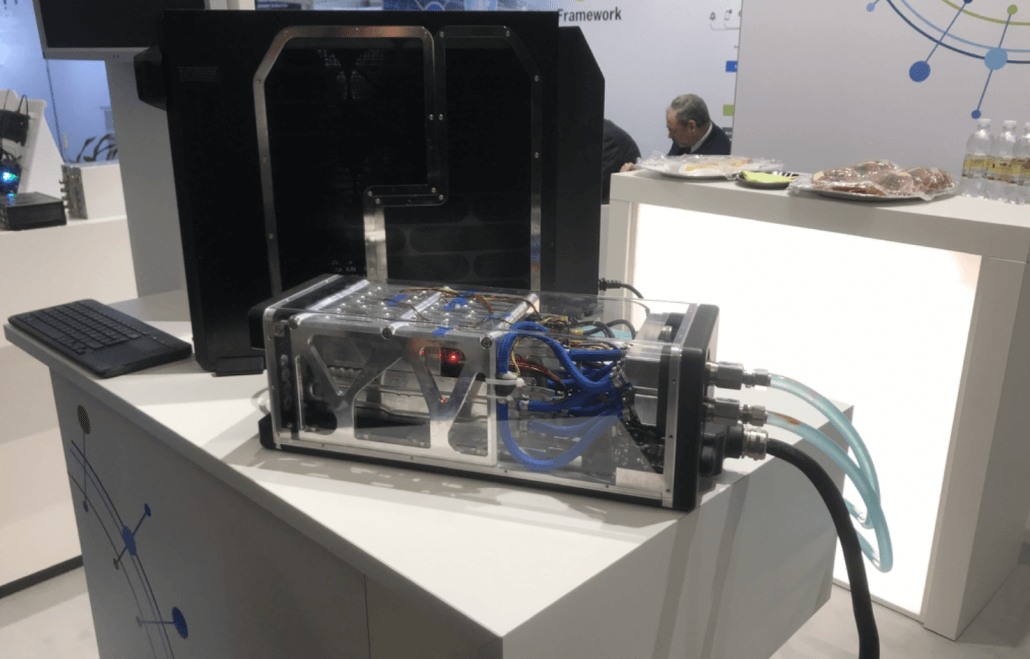
A screen that looks like it is coming from the future.
It has nothing to do with the main theme we are talking about, it is just the first time I saw it, I was like “Wow.” Transparent touch screen, and touching and reacting in a really decent result. Not like some concept machine, it really works. I feel like my mobile will soon be transparent in the next few years. I think one of the most exciting things to join exhibitions like the embedded world is that you are seeing the fast development of the world, and you are part of it.
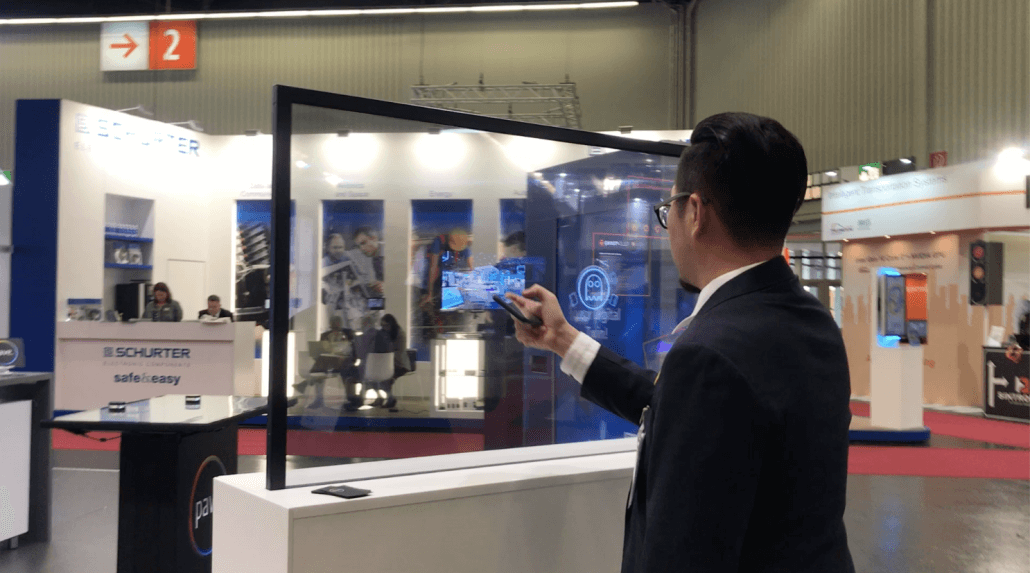
We hope you have enjoyed reading this trend report from Jeremy, which gives some insight into what’s happening in the embedded world as Seeed looks forward to collaborating with some of these companies and technologies this year. As seeing the trends of SBC, enclosure, and the edge computing application, We’ve just launched the new Odyssey boards, which are a new series of SBCs that based on X86, ARM, and even RISC-V processors. Most importantly, we launched re_computer, a modular computing system that allows users to choose hardware from the latest embedded ecosystem wrapped in a stackable enclosure.
At the end day of EW20, there was heavy snow. There is an old saying in chinese “瑞雪兆丰年”,which means timely snow foretells a bumper harvest. We believe that there will be a bumper harvest for both Seeed and our partners in 2020.
Let’s end this blog with the beautiful snow in Nuremberg.

